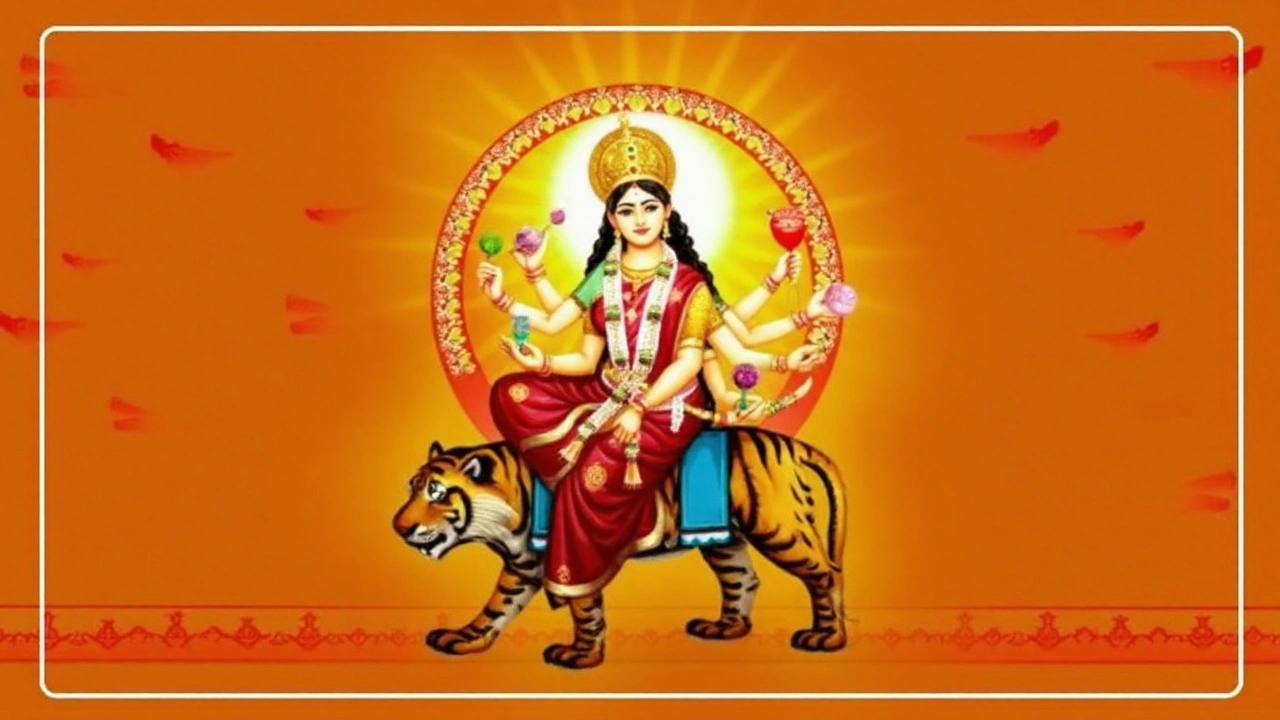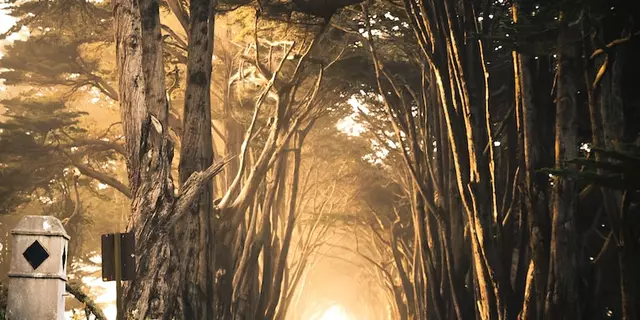Navratri Rituals: Traditions, Music, and Celebration
When talking about Navratri rituals, a nine‑night Hindu festival honoring the goddess Durga with dance, fasting, and worship. Also known as Navratri celebrations, these practices bring together families across India. The festival Navratri rituals encompass a mix of devotional activities and lively community events. For example, the rhythmic Garba, a circular dance performed around a lit lamp and the energetic Dandiya, stick‑based choreography that mimics mythic battles both illustrate how music and movement become forms of prayer.
Another key entity is Durga Puja, the central ritual where elaborate idols of the goddess are worshipped. This ceremony often includes elaborate rangoli designs, incense, and offerings of sweets. The underlying belief is that each night represents a different aspect of Durga’s power, so participants fast or follow a specific vegetarian diet to purify the body (attribute: fasting, value: abstaining from meat, onions, garlic). The fasting period also aligns with the spiritual goal of self‑discipline, which many families observe in the early days of the festival.
Key Elements of Navratri
Three main components tie the celebration together: music, dance, and devotion. Music is delivered through traditional instruments like the dhol and harmonium, creating a pulse that guides Garba steps. Dance, whether Garba in Gujarat or Dandiya in Rajasthan, acts as a social glue, allowing strangers to connect through shared rhythm. Devotion shows up in daily prayers, the lighting of diyas, and community prayers at temples. Together, these elements form a semantic triple: Navratri rituals include Garba; Garba requires rhythmic music; rhythmic music enhances devotional atmosphere.
Regional variations add depth. In West Bengal, the festival merges with Durga Puja’s artistic pandals, while in Maharashtra, the nine‑day celebration emphasizes devotional singing (bhajans) and vrata (vows). The cultural context shapes how people experience the same core ideas, whether it’s the immersive lighting of the maha‑aakars in Delhi or the vibrant night markets of Mumbai where street food aligns with fasting rules. This shows a clear relationship: Navratri rituals adapt to local customs, yet maintain a common spiritual focus.
Practical tips for newcomers: start with a simple Garba step, wear comfortable traditional attire like a chaniya choli or kurta, and respect fasting guidelines by avoiding non‑veg dishes during the first few days. Knowing the schedule helps – the first three nights often feature aarti (fire ceremony), the middle three focus on dance events, and the final three culminate in the grand Durga Puja procession. These timing details provide a structure that guides participants through the festival’s emotional arc.
Beyond the celebrations, Navratri also influences contemporary media. Television series and movies frequently depict the festival’s colorful scenes, reinforcing its place in popular culture. Even crime and politics articles occasionally reference Navratri to illustrate community gatherings or political rallies, showing that the festival’s reach extends into many aspects of public life.
Below you’ll find a curated list of articles that touch on different facets of Navratri rituals – from the music that fuels Garba, to the political headlines that mention the festival, to the deeper cultural histories behind each practice. Dive in to see how this age‑old tradition continues to shape stories across the nation.

